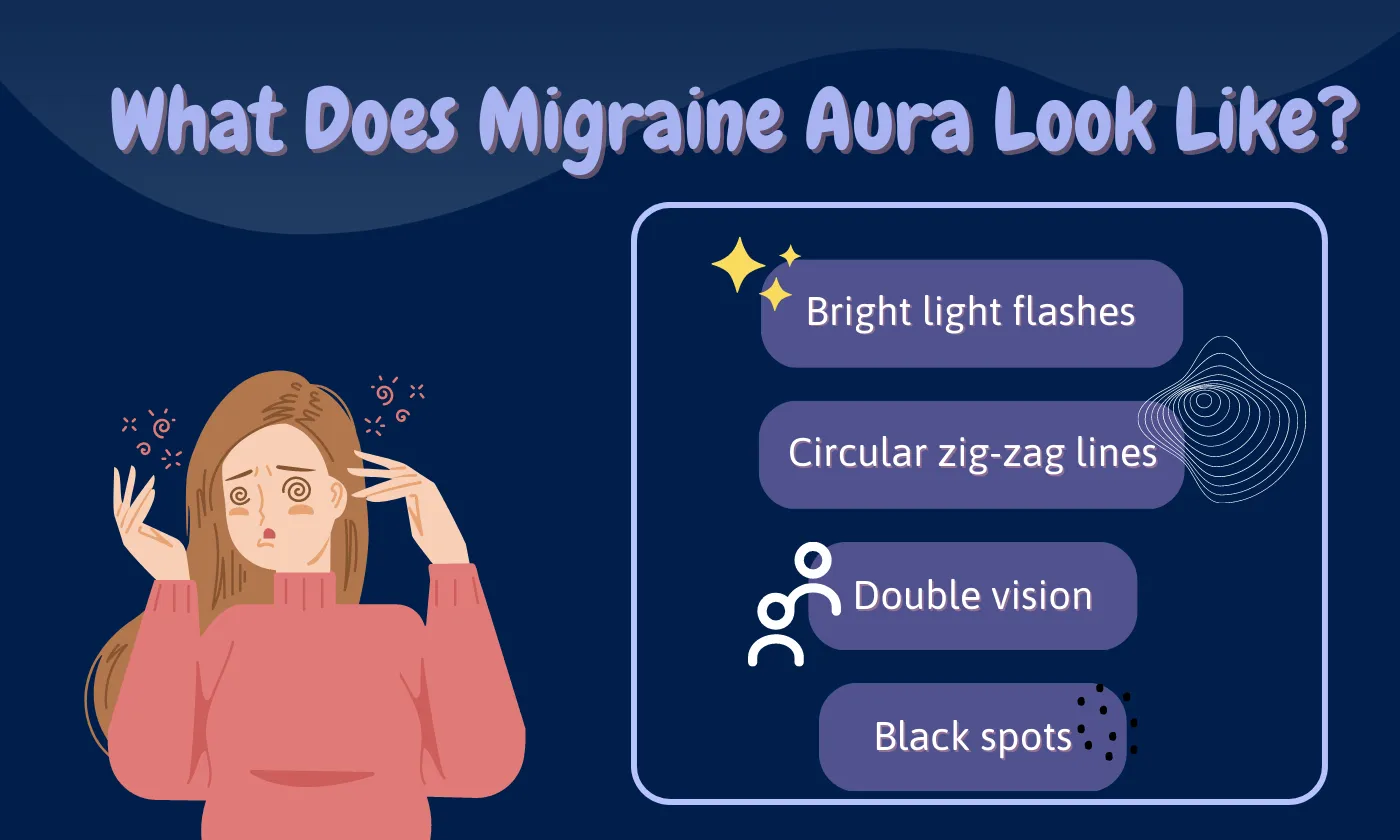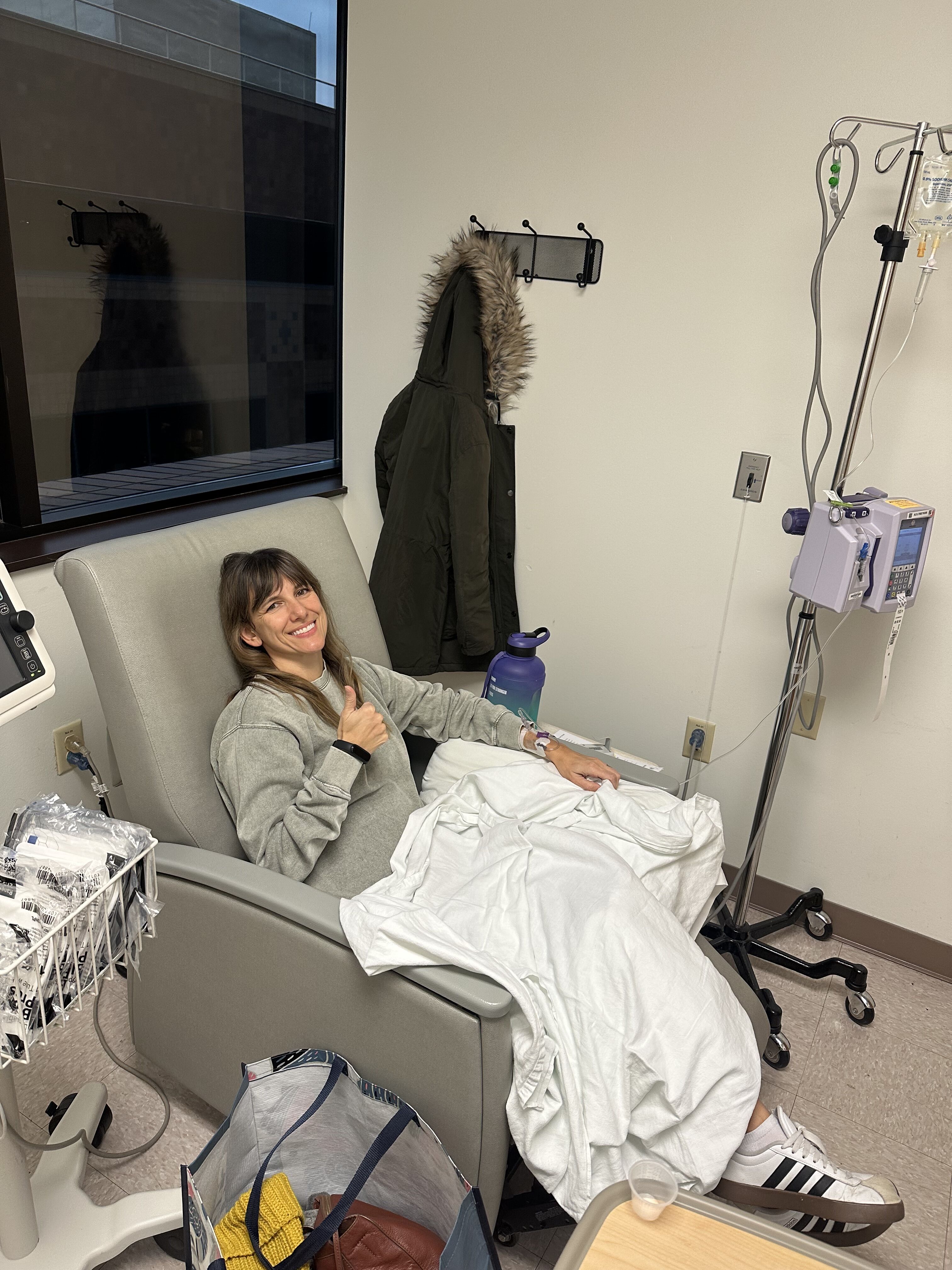Yesterday I explained why the media diet your children are on is so important, but how do we know what is healthy when it comes to the entertainment they consume?
The answer is that it’s pretty much the same way we figure out what is healthy when it comes to the food they consume, and it’s easier than you think!
1. Read the Labels
Just like the packaged food we buy is required to have nutrition information, the shows you watch do too! They are called TV Parental Guidelines and appear in the upper left hand corner.
I am shocked at how many people do not know what those letters stand for (and for a while I was one of them). If you have wondered yourself than here you go-
- Y is all children
- Y7 is directed to older children
- TV Y7 FV is appropriate for older children, but may contain more intense violence
- TVG stands for General Audience
- TVPG stand for Parental Guidance
- TV14 is Parents strongly cautioned and probably not appropriate for chidden under 14
- TVMA is for mature audience only (unsuitable for anyone under 17)
- D is dialogue (which I used to think was drug references)
- L is for crude language
- S is sex
- V is violence
- FV is fantasy violence
And here is my nerdy little secret, although these ratings are intended to help parents know what is suitable for children, my husband and I use them as adults. Can you imagine!? We are grown ups that are allowed to watch whatever we want and yet we CHOOSE to filter some stuff out according to the TV ratings. We are that crazy.
2. Do your research
Just like at the grocery store you can’t always count on on the FDA when you get really serious about your diet you have to actually do some research to see what is in the foods you are eating. Same thing with TV and movies, the little labels don’t tell the whole story. That’s why I love Focus on the Family’s Plugged In website. You can look up any show, movie, music, or video game and it will give you a thorough review of what to expect according to specific categories which include
- Positive Elements
- Spiritual Content
- Sexual Content
- Violent Content
- Crude or Profane Language
- Drug and Alcohol Content
- Other Negative Elements
There very well may be spoilers when you have this much detail in your review, but this resource has been absolutely critical for me. I want to kiss the computer screen when I look up a movie for my kids and realize what I avoided exposing them to thanks to this website! And again, I would be lying if I didn’t admit to using it to see what I wanted to invest my personal time watching.
Common Sense Media is a very similar concept to Plugged In and is an excellent resource. The main difference that I am aware of is that Plugged In is from a specifically christian perspective. The advantage of Common Sense Media is that many of their reviews are built right into Netflix.
If you are browsing Netflix and click on the title of a show or movie, then you will see the members star rating, and the description. It’s kind of hidden, but if you scroll down on the right you will see movie details, awards, rating, and then BOOM “Common Sense Media Rating”.
This is such a great option for me when searching for what to watch because I usually want to read the description anyway and then you have this Common Sense rating conveniently right there.
3. Don’t put the junk where they can access it
Another Netflix option that I am so grateful for is the customized account settings.
When our kids browse through Netflix they only have access to children’s programing, which is so nice even if only to avoid some of those disturbing movie covers. To set up this option click on your account icon in the upper right hand corner then select manage accounts and click on that to create an individual account for everyone in your family. For your children’s accounts you can check the box that says children 12 and under. Then you can click the option for little kids or older kids to make it even more customized. We don’t have TV, (we have a TV screen, but we don’t have access to any channels) but for those that do the V-Chip is a great way to do the same thing I have just described here. If your TV was purchased in the past 15 years than it has one!
Almost all of our modern day technological devices conveniently have parental controls built in you just have to know how to use them.
For us this means having passwords on the Wii and Apple TV. No little early morning risers can just sneak in the living room and watch TV or play games without going through us first because they have to have the password.
To set this up on the Apple TV go to the main menu then select Settings >General>Restrictions and choose a 4 digit pin number.
To set this up on the Wii go to options>Wii Settings then pus the +button, and click parental controls. Then Click yes and a make a 4 digit pin number.
And here are some other links for parental control setup for the iPhone/iPad, Xbox, You Tube, and Amazon instant video.
Just remember, that while these features are certainly helpful they are NOT a substitute for parents actively observing and deciding what is being viewed in their home.
Those are just 3 basic tips for trying filter what our children are watching. This of course is only scratching the surface. My children aren’t old enough to have their own gadgets or use the internet yet. We’ll cross that bridge when we get to it and I’ll do another post twice as long for how to screen that content! I loved reading the comments yesterday about how some moms have chosen to make reading or outdoor playtime and artistic expressions the priority in their home. Why not tell the TV to take a backseat, especially during these critical formative years. I like that! However, if you’re children are going to have any television or movie time at all, these resources are such a blessing for parents to really know just how healthy or UNHEALTHY their media choices are.
If you have any other advice or tips for content filtering please share in the comments. I know this list isn’t exhaustive and I’d love to hear from you!











Smart and important tips, thank you so much for this! We don't have Netflix but I often use commonsense media for movies, books and television.
Thank you for this very much needed information! My youngest daughter filters what her almost 4 year old watches; and limits the length of time…sometimes she reverts to using it as a babysitter when she is exhausted or needing to get something done (she also has a 2 year old and a 6 month old to take care of). But she limits and filters!
Some "childrens" shows have more violence than you think!!
thanks for sharing!
This is such a great post… we are empty nesters now but we were very aware of what we allowed her to 'feed' on. We are still very aware of what we let us feed on as well!
This is fantastic information. Our girls love Netflix and I had no idea you could access those kinds of reviews right in Netflix. I'll definitely be looking at that. We already have them a profile that limits them to kids programming but some of that is a little iffy, so we limit what they're allowed to watch and if it's something we think is less than appropriate, we say no when they ask (which they know they're required to do before watching something new). I'm sure some parents would think we're sheltering them too much, but I've seen what not filtering and restricting stuff like this can do to a kid. I know an almost 9 year old who has been watching The Simpsons for several years now and was watching Spongebob Squarepants when she was barely 3 years old. As a result, she uses a lot coarser language (she told my eldest who is 8 "don't be a p*ssy") and has a bit of an attitude problem. It breaks my heart that she's allowed to fill her mind with all of this and even encouraged with some of it (she and her mom have a "tradition" of watching The Simpsons together). I'm so glad these tools are in place though. I just wish all parents knew about them and would use them. Stopping by from 31 Days Survivors!
I didn't even know you could find that kind of info on Netflix!
Great information, very helpful. Many blessings to you ❤️
Excellent information! Thank you so much for sharing. I'll be passing this on to others :).